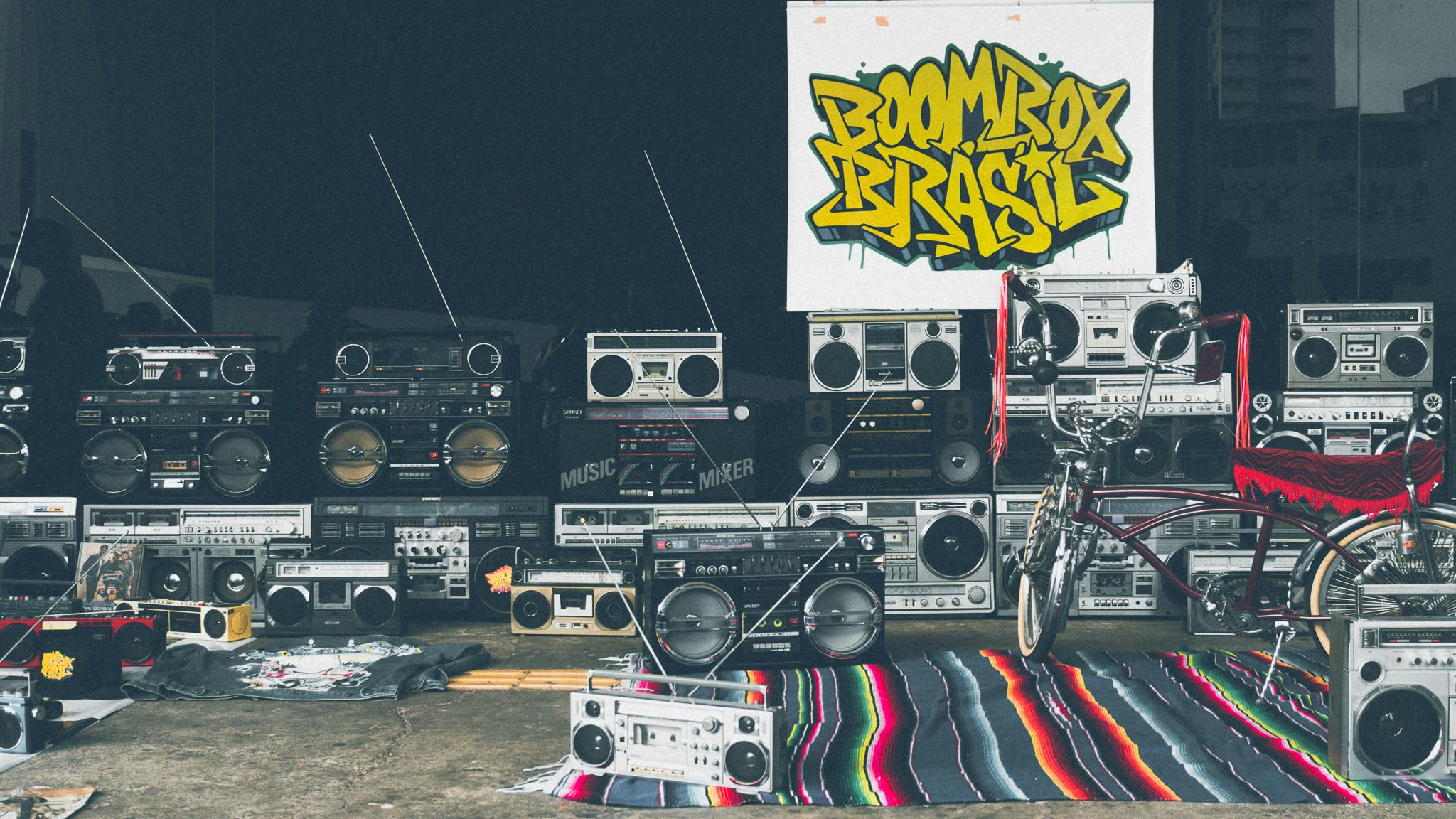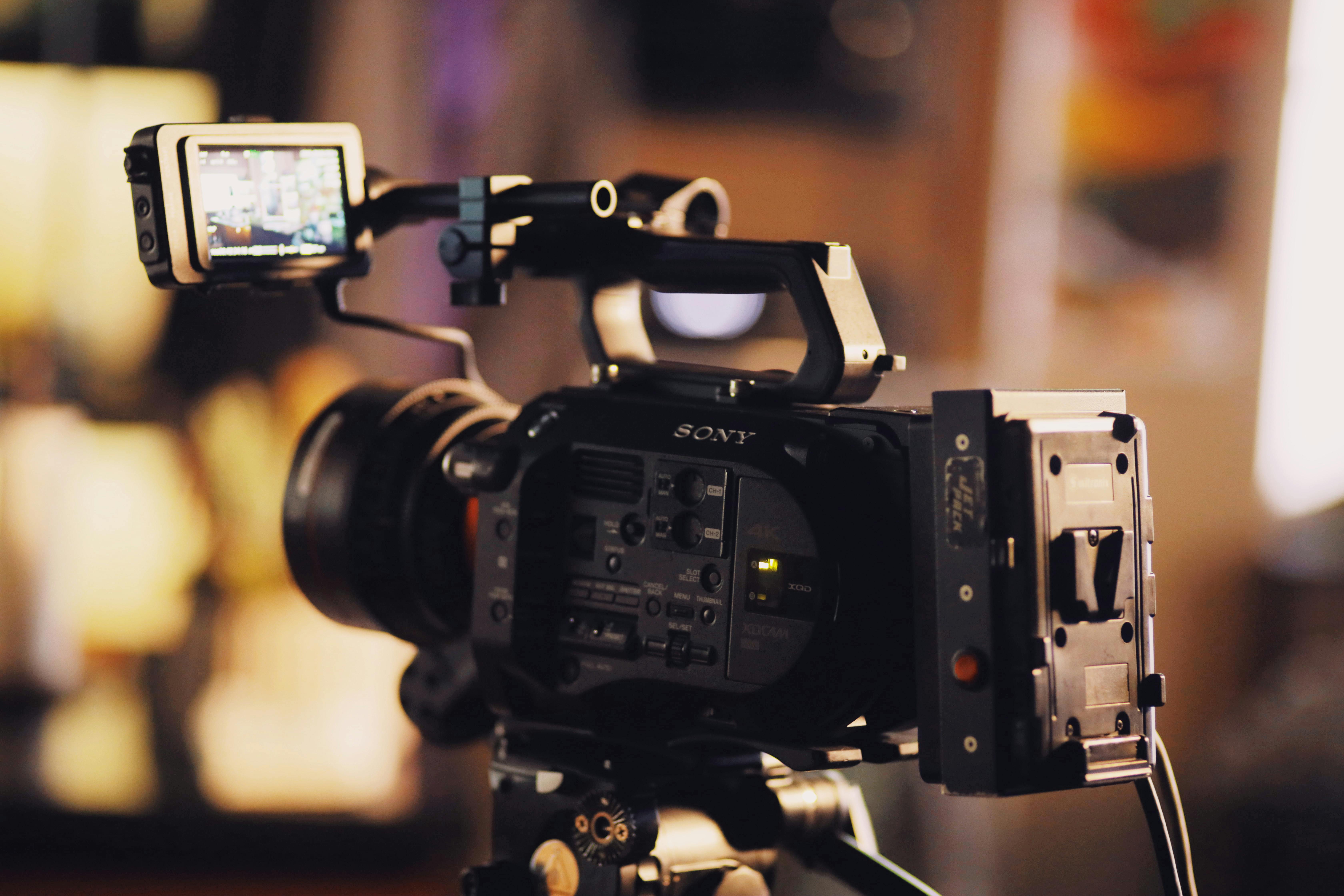As a marketing manager for a document scanning company, I noticed an influx of requests and a need to digitize film-based media, particularly 35mm negatives, as well as more obscure formats like aperture cards, microfiche, and microfilm.
Possibly this need can be attributed to the need to save space by digitizing the films and disposing of the film itself when it is replaced by digital copies, however it could also have to do with the simple need to be able to use the content. of the film again, either for family or commercial purposes. For years, companies have stored documents on microfiche, small film negatives to save space by disposing of original documents and for this film-based medium it was ideal.
The irony, of course, is that now this type of media, along with pretty much everything else these days, has become obsolete and has been rapidly replaced by digital images.
If you need to digitize film-based media, whether it’s for a personal project or for commercial purposes, you can depend entirely on the type of film you have to digitize. Often these days standard document scanners that can be purchased at most electronics stores around the world can come with add-ons that can scan 35mm negatives which are of course the most common, and if they don’t, these extensions and software are usually available for quite a reasonable price.
Although this of course delivers results, it can be a very labor intensive process that can take considerable time to complete.
However, there are companies that can complete all of this for you very quickly and for a reasonable price if you simply don’t have the time. This also applies to more obscure media types such as microfiche and aperture cards. Often companies, whose bread and butter tend to scan documents in large numbers, will offer a wide range of services when it comes to film media.
Images and documents can be extracted from microfiche, microfilm, and aperture cards with relative ease using the proper equipment. This equipment tends to be quite expensive, so we don’t recommend purchasing the machines yourself, especially if you have a relatively small amount of media that you need to convert. Usually, document scanning companies will also be able to go a little further than this equipment can offer, being able to offer OCR documents contained in the media so that they can be searched by text once they have been extracted from the media itself. if desired, which can then be converted to searchable PDF files or even Microsoft Word documents that are fully editable after extracting the original media contents.
Though of course you have the choice, negatives of all varieties tend to be scanned at 600 DPI to give them optimal quality. Print quality tends to be 300 DPI, but if the media will never be used again, it’s always best to extract the data from it at the best possible quality.




